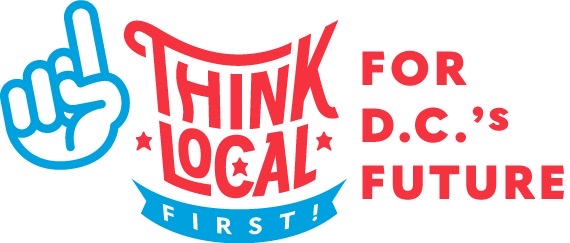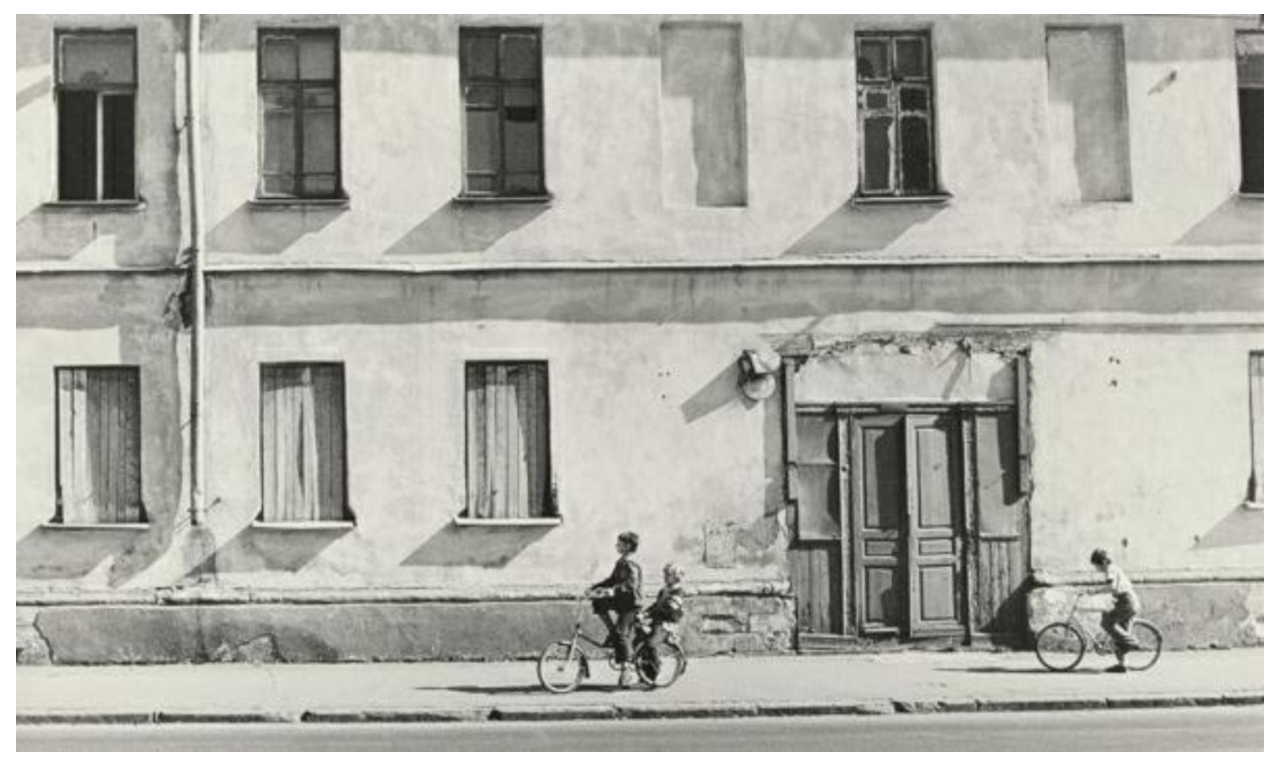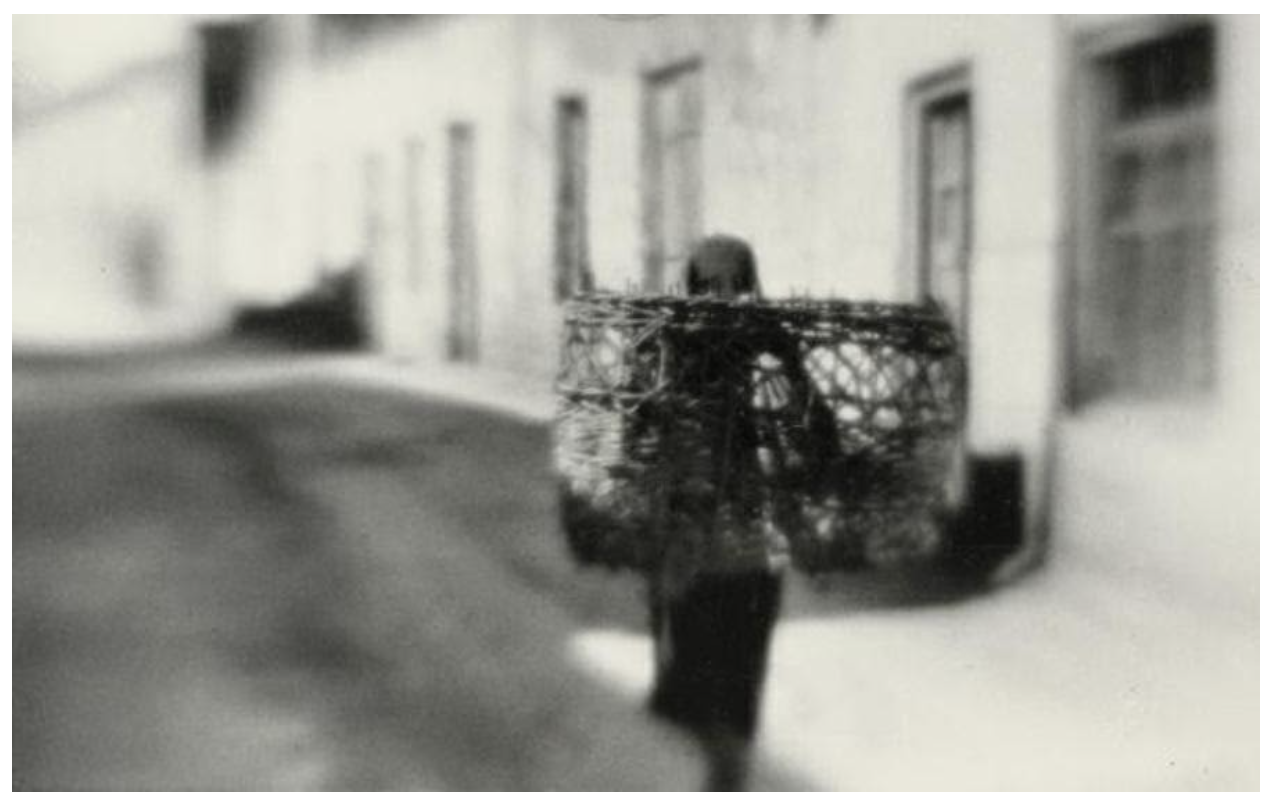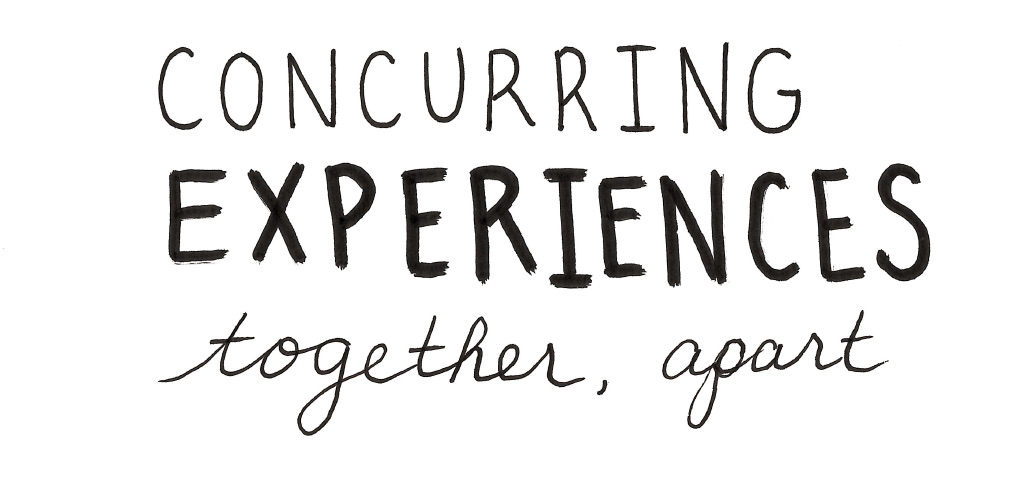Together Uplift
Harold Eugene Edgerton
Gelatin silver print
50.48 H x 40.64 W cm (19 7/8 H x 16 W in.)
Gift from the Trustees of the Corcoran Gallery of Art (Gift of Mr. Pete Kayafas)
© Estate of Harold E. Edgerton
Text by Emmy Eggerman
Rising Dove, 1934
Image Description:
Shrouded in darkness, a white dove with markings on its fanned tail and darkened face, soars up in the foreground with its wings spread as wide as the photograph itself. The background, yet black, hides a man who is a dove trainer, letting the bird go. Almost entirely concealed by one of the dove’s wings, the trainer’s face is absolutely emotionless. His right palm splays upwards while his left hand rests below. He wears a suit, not of special occasion, but like a businessman.
Artist Bio:
This photograph was taken by American artist and electrical engineer Harold Eugene Edgerton, also known as Harold “Doc” Edgerton. He was able to make stop motion photography while working with time and lighting through his invention of the strobe light. In this photograph, the motion of the dove opening its wings to display its feathers as well as show the flying capabilities of being able to ascend into the air is captured using a technique called multiflash. This photograph is one of his examples of capturing in-motion pictures.
Alexander Lapin
Gelatin silver print
11 1/2 x 17 in
Gift from the Trustees of the Corcoran Gallery of Art (Gift of the artist)
© Alexander Lapin
Text by Shengyuan Liu
Two Bicycles, 1987
Image Description:
In Two Bicycles, one child is riding a bicycle with a younger kid sitting in the back seat. Another child is riding a bicycle following them on the sidewalk. The sun cast sharp shadows to the left. Behind them is the façade of a building with a wooden doorway. Windows on the first floor are sealed with wooden boards from the inside, and the second floor is seemingly empty. The contrast of the architecture and the children created a sense of isolation and loneliness.
Artist Bio:
Alexander Lapin was a Russian photographer who lived and worked in Moscow and taught photography at the Moscow State University. Lapin’s photographs were mostly black and white, and many were filled with moments from his everyday life. He captured the emotions, the senses, the poverty, and alienations during the Soviet era. During the 1980s, Lapin and his wife Lena Lapin and two other friends always drove out on the streets in Moscow and photographed the empty city. They discovered shadows, birds, dogs, puddles, ruins, window frames, and occasionally, people. During this time, Lapin captured a completely ordinary city life with his camera with no political propaganda or advertising.
Evgeny Raskopov
Gelatin silver print
11 3/4 x 15 3/4 in
Gift from the Trustees of the Corcoran Gallery of Art (Gift of the artist)
© Evgeny Raskopov
Text by Andrew Kastner
Morning, 1982 from "On the Roads of Dagestan"
Image Description:
Where can we find the true portrayal of life in the USSR? This photograph places us in Dagestan, a mountainous Russian republic located adjacent to the Caspian Sea, where the true portrayal of life is still in question.
In April of 2020, the official average daily fatality count from COVID-19 was being reported as two to three people per day for the whole region. While first-hand accounts in the region were telling a different story of single villages holding up to five funerals in one afternoon.
Artist Bio:
Evgeny Raskopov is from a class of photographers that were considered amateurs, or unofficial, in Soviet Russia. Photography was a highly controlled medium in the USSR, only to be used as government propaganda. Much of this underground photography depicts the life of everyday people, often in rural settings. These images of the everyday are in stark contrast to the “socialist realism” displayed in the state-sponsored images.
This is a call to actively seek ways to center community and sustain change! In isolation, we can still be involved deeply in community and uplift voices of change. We thank our healthcare workers, teachers, parents, friends, people staying home, voices speaking against oppression, calling for social change. Shop locally and shop Black to support your community!
"Local independent businesses are the backbone of our economy. They are better positioned to respond to the needs of our community and are inherently tied to the future of Washington, D.C. Local businesses make daily decisions that address issues of economic, environmental, racial, and social equity. The COVID-19 pandemic is proof of this.
Even with DC local, independent restaurants closing, they were the first, partnering community groups and residents, to feed frontline workers and those in the community facing a food shortage - over 27M meals served. The DC creative economy jumped in with free artist home sessions while making and distributing masks for hospital workers and communities lacking access. Our COVID-19 partnership with Congressional Bank continues to provide technical assistance to those DC businesses initially denied disaster relief funds. This partnership thus far has totaled $5M+ being dispersed, keeping these local businesses' doors open."
-Karen Baker, Co-Executive Director of Think Local First DC
for Concurring Experiences: Together, Apart
Visit www.thinklocalfirstdc.org
IG, FB and Twitter Name- @thinklocaldc
Hashtag: #thinklocaldc #shoplocal

Click to Continue to the Next Group of Photographs:
Or Return to Full Gallery:
Web Design by Nora Neely • Edited by Olivia Kohler-Maga





